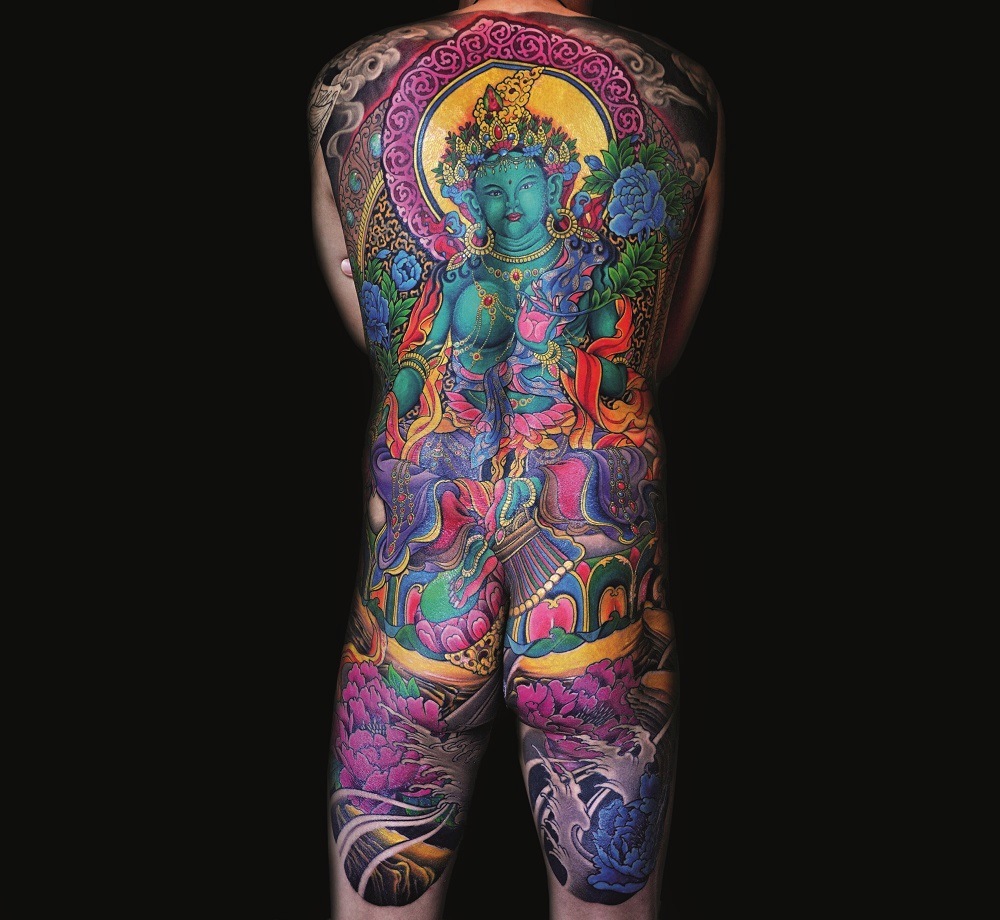My pal Grant is one of the most tattooed people I know. While some of his pieces are more contemporary in nature — stick-and-poke scribbles or the emoji umbrella etched into his palm — many of his designs stem from far-reaching global practices, like the traditional Japanese technique Kakushibori. But this melting pot approach isn’t unique to New York’s inked up youth; as tattoo historian and scholar Anna Felicity Friedman’s new book The World Atlas of Tattoo illuminates, this crazy colorful globalization is a truly international movement.
Featuring over 700 illustrations from 100 artists around the world, The World Atlas of Tattoo chronicles how today’s tattooers are exploring the past and resurrecting lost indigenous traditions. Using these techniques and styles, they are creating new, cross-cultural hybrid designs. Divided into six continental regions, the Atlas opens each section with a historical overview of each location’s tattoo history before highlighting artists innovating these approaches today — like Dan Sinnes, the Luxembourg-based artist creating erotic designs in the Japanese shuga tradition. We caught up with Friedman to find out more about charting the world in tattoos and why the art form shouldn’t be considered a subcultural stamp.

What motivated you to compile this book?
Well, the book is the third in a series (the previous two are World Atlas of Street Art and Graffiti and World Atlas of Street Photography), so the format of 100 artists was predetermined, although I had a lot of leeway with how I actually grouped the artists and the comprehensive historical/cultural overviews for each chapter were my addition to the format.
How did you achieve such diversity among artists and styles? Tell us more about the selection and research process.
Because I taught a social sciences survey of tattooing at the School of the Art Institute for nearly a decade, I’ve become well-versed in most tattoo traditions around the globe from prehistory to the present day. Many of the so-called global contemporary tattooing books I’ve seen don’t represent the true range of geography or genres, so from a curatorial perspective, I wanted to be as comprehensive as possible. One of the movements in tattooing that particularly excites and fascinates me is the revival of indigenous tattooing, so I wanted to be sure to have that properly represented, not just in non-Western cultures, but also in Europe and North America. I also wanted to show how new global forms of tattooing that first emerged in the US and Europe have spread to often unlikely places. I sought out some of the suggestions from my team of contributing writers, particularly for some of the indigenous tattooing selections, so I can’t take all the credit myself! My team was really amazing.
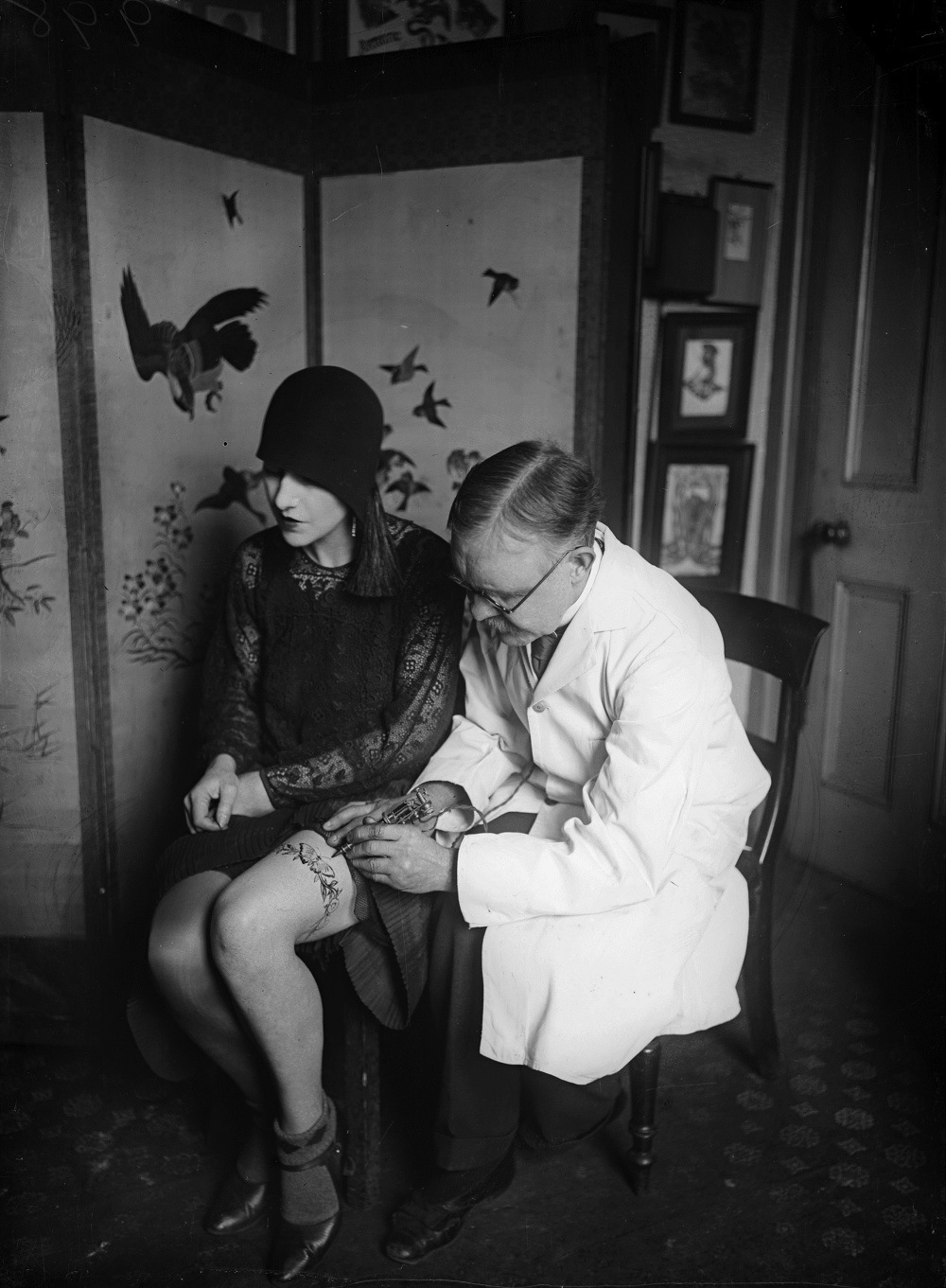
How have you seen tattoos transition from subculture to mainstream?
To be honest, the notion of subcultural vs mainstream tattoos only fits a very tiny chunk of time in a couple particular places in the world. For much of the history of humans, tattooing has been mainstream practice. Sometimes it might not be majority practice, but that doesn’t make it subcultural. One of my favorite admonitions to students and others doing history is “just because something is minority practice, doesn’t make it marginal practice.”
What do you hope people take from this book?
I think the most important takeaway for readers of the book is that tattooing is and always has been an incredibly diverse global practice.
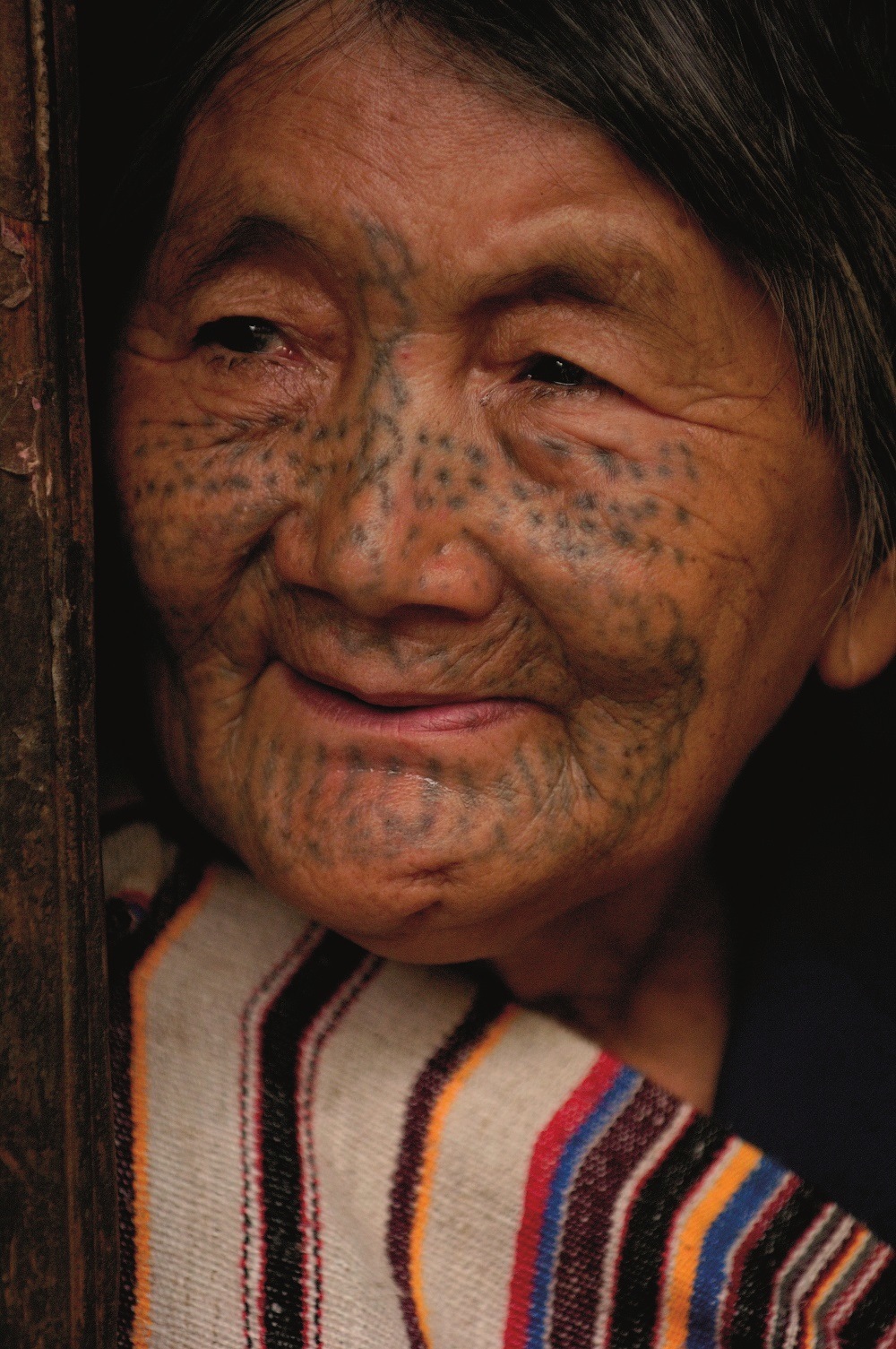
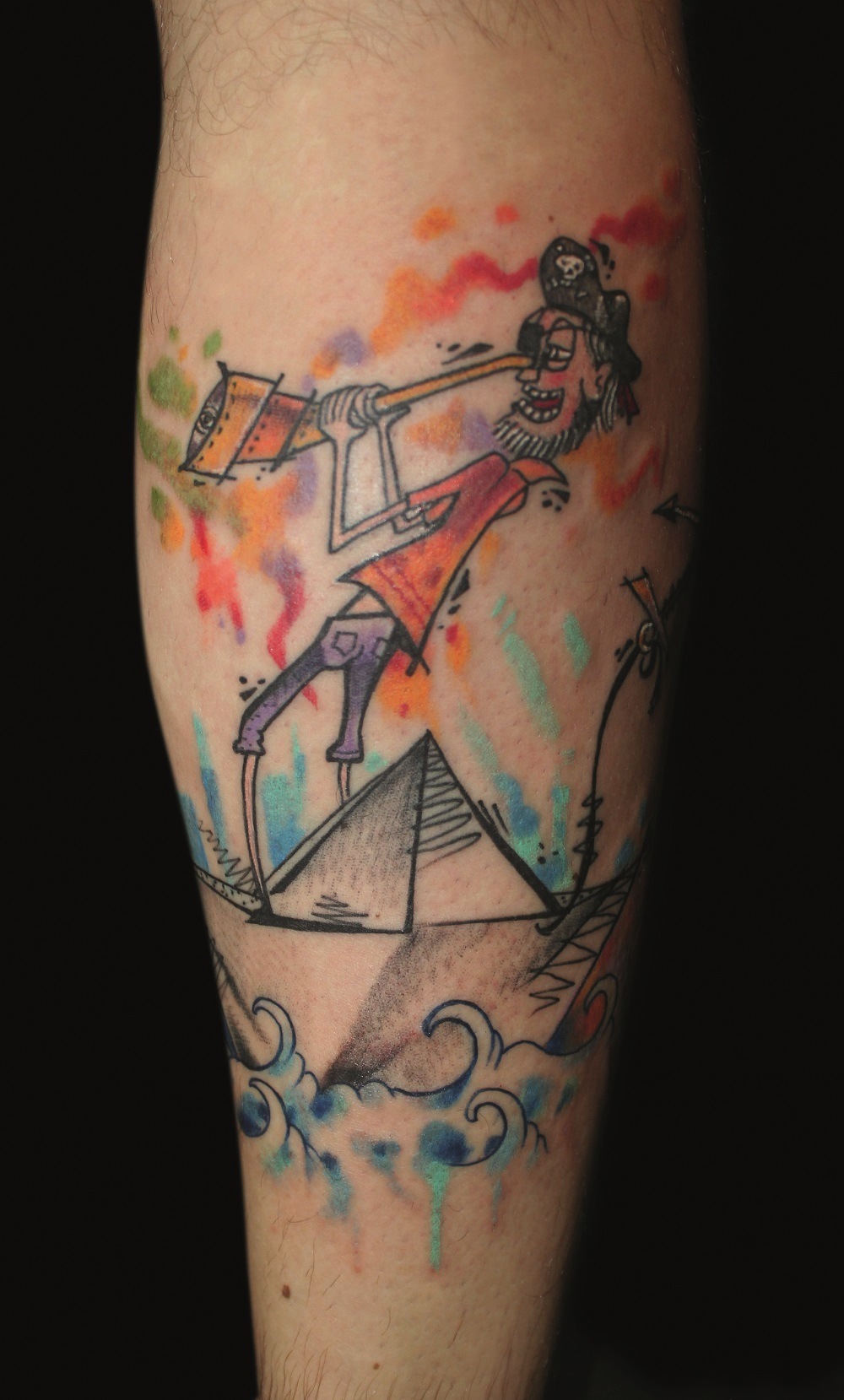


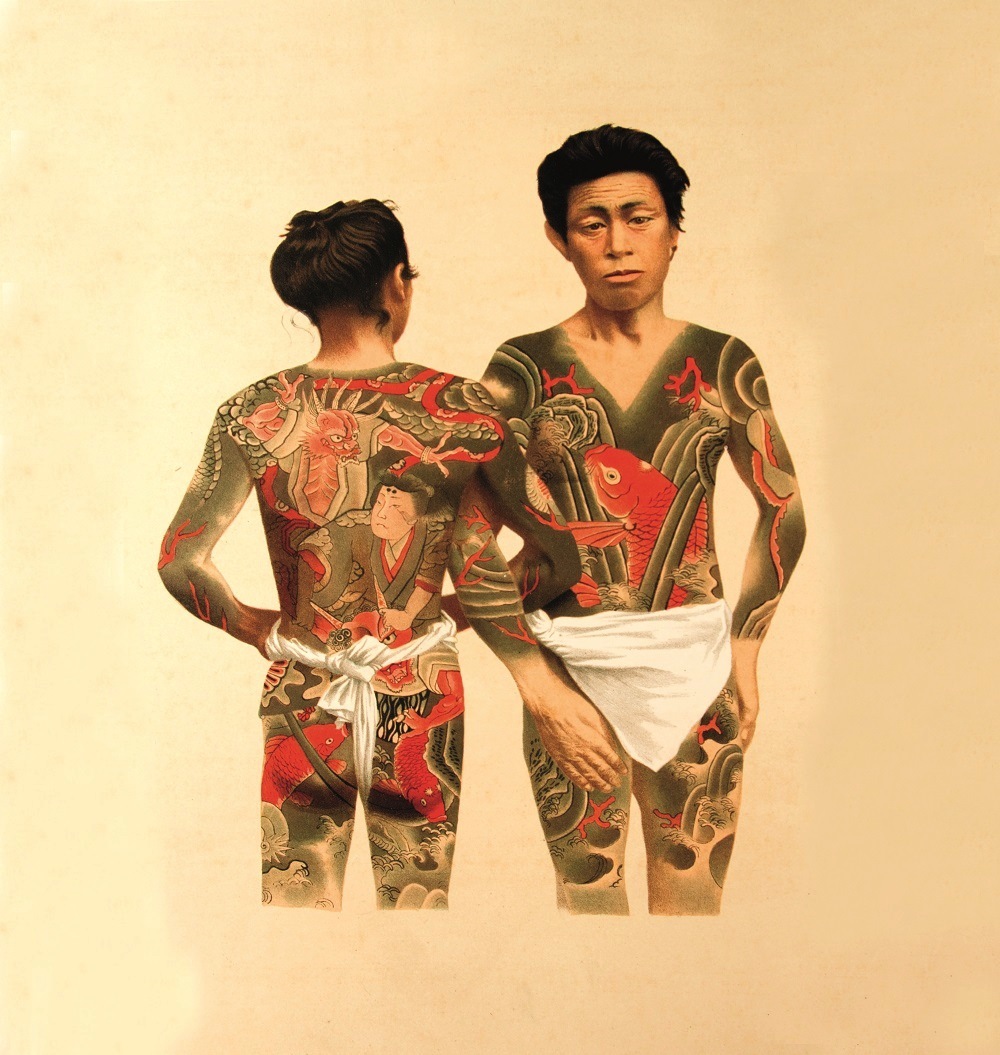
Credits
Text Emily Manning
